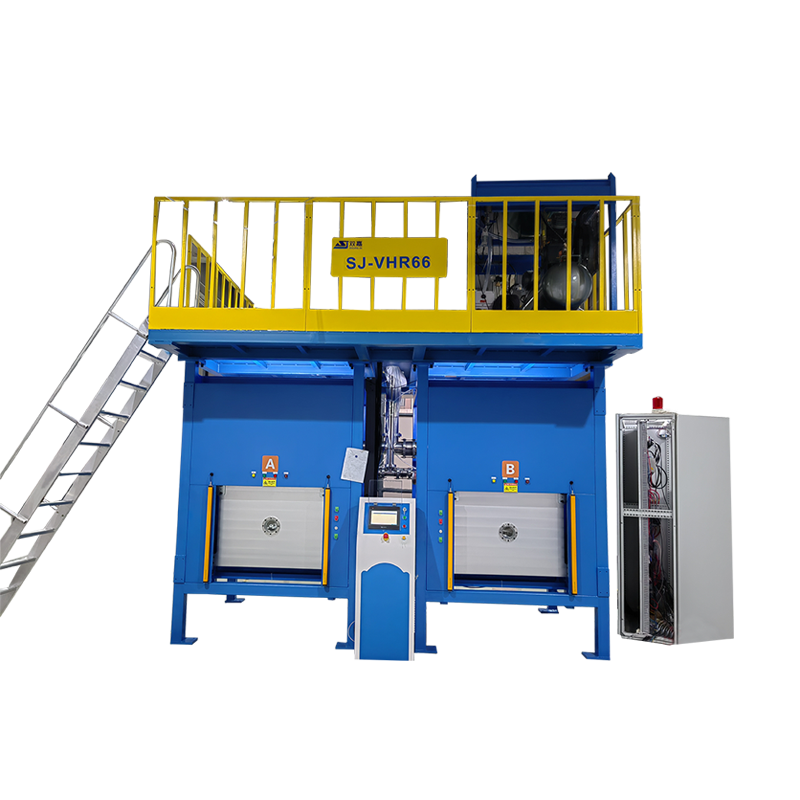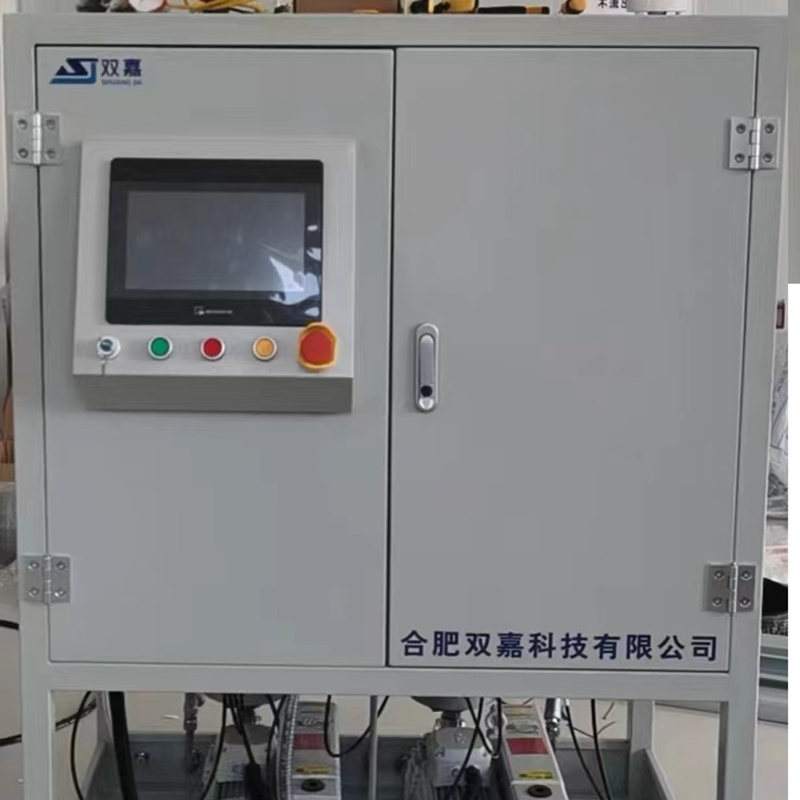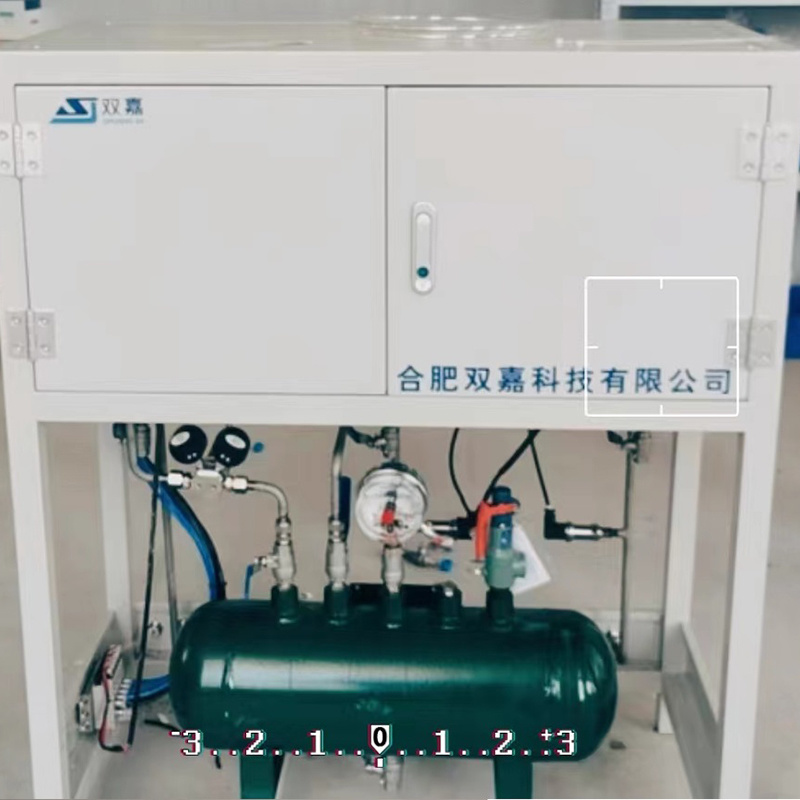Information Details
Unlocking Efficiency: The Importance of a Helium Gas Recovery System in Leak Detection
Unlocking Efficiency: The Importance of a Helium Gas Recovery System in Leak Detection Introduction to Helium Gas Recovery Systems Helium gas recovery systems have become essential components in various industries that rely on leak detection for quality assurance. These systems efficiently capture and recycle helium gas, significantly enhancing operational processes. Understanding the intricacies
Release time:
2025-08-07
Unlocking Efficiency: The Importance of a Helium Gas Recovery System in Leak Detection
Introduction to Helium Gas Recovery Systems
Helium gas recovery systems have become essential components in various industries that rely on leak detection for quality assurance. These systems efficiently capture and recycle helium gas, significantly enhancing operational processes. Understanding the intricacies and benefits of helium gas recovery systems can lead to improved efficiency, reduced costs, and a smaller environmental footprint.
The Role of Helium in Leak Detection
In leak detection, helium serves as an ideal tracer gas due to its low molecular weight and inert nature. This section explores why helium is preferred over other gases for detecting leaks and how its unique properties aid in accurate and quick leak identification.
Advantages of Helium as a Tracer Gas
Using helium in leak detection offers numerous advantages:
- **High Sensitivity**: Helium can detect extremely small leaks that other gases cannot.
- **Inert Nature**: Being non-reactive, helium does not alter the properties of the materials being tested.
- **Environmental Safety**: Helium is a non-toxic and environmentally friendly option, making it a preferred choice in sensitive applications.
How Helium Gas Recovery Systems Work
Helium gas recovery systems are designed to capture helium during the leak detection process. These systems often include:
- **Helium Detection Units**: These units detect and analyze helium concentration levels in the surrounding environment.
- **Recovery Mechanisms**: Once detected, helium is collected and processed for reuse, minimizing waste and costs.
Enhancing Operational Efficiency with Helium Recovery Systems
Incorporating a helium gas recovery system can significantly enhance operational efficiency across various industries. This section examines how businesses can leverage these systems to streamline their processes.
Cost Savings Through Recycling
By recapturing helium for reuse, companies can drastically reduce their helium consumption costs. Helium tends to be expensive; thus, recycling it can lead to substantial savings over time.
Improved Detection Precision
With the capability to detect even the smallest leaks, helium recovery systems provide businesses with the tools necessary for maintaining high-quality standards. This precision ensures that products meet industry regulations and customer expectations.
Environmental Impact of Helium Gas Recovery Systems
As industries strive to become more environmentally responsible, helium gas recovery systems play a crucial role. This section discusses the environmental benefits associated with these systems.
Reducing Helium Waste
Helium is a non-renewable resource, and its extraction poses environmental challenges. Efficiently recovering and reusing helium significantly reduces overall consumption and minimizes waste.
Lowering Carbon Footprint
By optimizing helium usage, companies can also lower their carbon emissions associated with helium transportation and extraction. This shift towards sustainability is essential in today’s environmentally conscious market.
Integrating Helium Gas Recovery Systems into Existing Operations
For companies considering the implementation of helium gas recovery systems, understanding how to integrate these systems into existing processes is vital. This section outlines key steps for effective integration.
Assessing Current Leak Detection Practices
Before incorporating a helium gas recovery system, it’s essential to assess current leak detection practices. Understanding the existing methodology helps identify areas where helium recovery can add value.
Choosing the Right Recovery System
Selecting the appropriate helium gas recovery system depends on various factors, including the scale of operations and specific industry requirements. Businesses should consider systems that align with their operational needs and budget constraints.
Key Features to Look For
When evaluating helium gas recovery systems, look for the following features:
- **Ease of Integration**: Systems should easily integrate with existing leak detection setups.
- **Automation Capabilities**: Automated recovery processes can enhance efficiency and reduce labor costs.
- **Real-Time Monitoring**: Systems that provide real-time data on helium usage and recovery rates are beneficial for ongoing optimization.
Cost-Effectiveness of Helium Gas Recovery Systems
Investing in a helium gas recovery system may require initial capital, but the long-term savings justify the expenditure. This section breaks down the cost-effectiveness of these systems.
Initial Investment vs. Long-Term Savings
While the upfront costs of helium recovery systems can be significant, the long-term savings from reduced helium purchases and enhanced operational efficiency make it a wise investment. Businesses should perform a cost-benefit analysis to determine the return on investment.
Potential Incentives and Grants
Many governments and environmental organizations offer incentives for businesses that adopt sustainable practices. Companies should explore available grants and subsidies that can offset the initial costs of helium recovery systems.
Case Studies: Success Stories in Helium Gas Recovery
Examining real-world applications of helium gas recovery systems provides valuable insights into their effectiveness. This section showcases case studies from various industries.
Case Study 1: Aerospace Industry
An aerospace company implemented a helium gas recovery system in its manufacturing process, resulting in a 30% reduction in helium costs and improved detection accuracy, leading to higher product quality and customer satisfaction.
Case Study 2: Medical Equipment Manufacturing
A medical equipment manufacturer adopted helium recovery systems to enhance its leak detection processes, significantly decreasing waste and aligning with regulatory standards for environmental sustainability.
Frequently Asked Questions (FAQs)
1. What is a helium gas recovery system?
A helium gas recovery system captures and recycles helium gas used during leak detection processes, enhancing efficiency and reducing waste.
2. How does helium compare to other tracer gases?
Helium is preferred for its low molecular weight, sensitivity to leaks, and inert nature, making it more effective than many other tracer gases.
3. Can helium gas recovery systems be integrated with existing equipment?
Yes, most helium gas recovery systems are designed for easy integration with existing leak detection setups, minimizing disruption during implementation.
4. What are the environmental benefits of using helium recovery systems?
Helium recovery systems reduce waste and lower the carbon footprint by promoting the reuse of helium, a non-renewable resource.
5. Are there financial incentives for adopting helium gas recovery systems?
Many governments and organizations offer incentives or grants for businesses to adopt environmentally friendly technologies, including helium gas recovery systems.
Conclusion
Implementing a helium gas recovery system is a strategic move for businesses committed to enhancing operational efficiency, reducing costs, and minimizing environmental impact. As industries continue to evolve, the importance of sustainable practices cannot be overstated. By investing in helium gas recovery systems, companies not only improve their leak detection processes but also contribute positively to the environment. Embracing this technology is not merely an upgrade; it is a step towards a more efficient and sustainable future in leak detection.
Helium gas recovery system
Previous Page
Previous Page
Latest Blog






